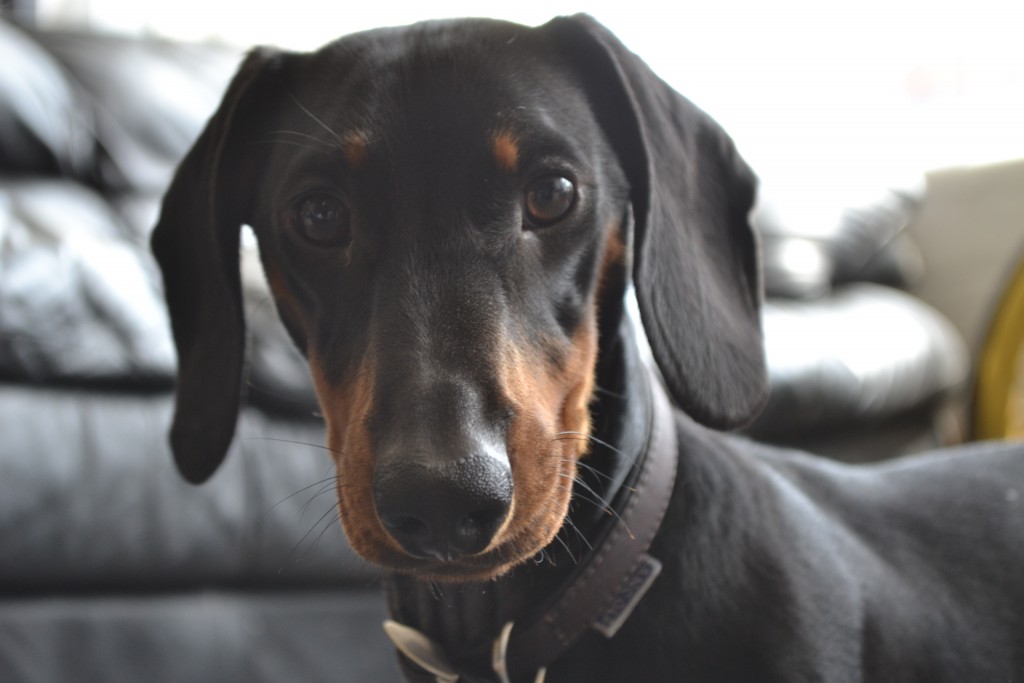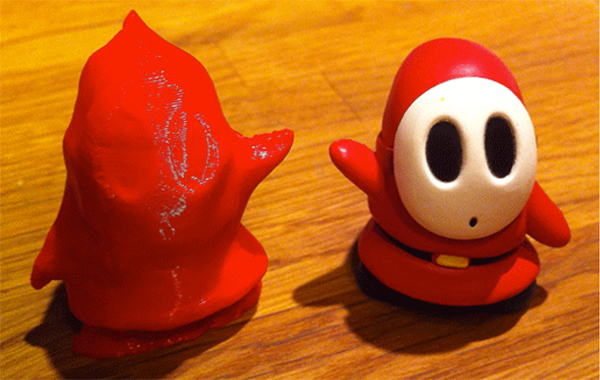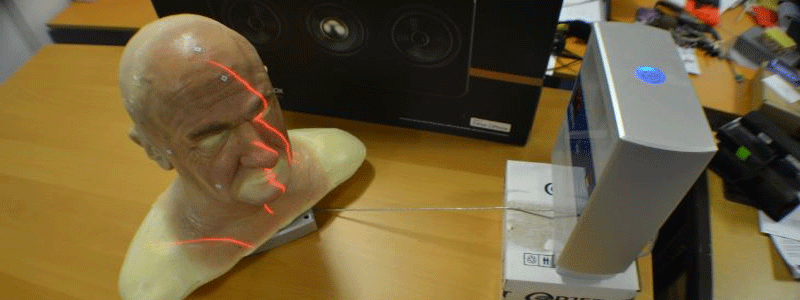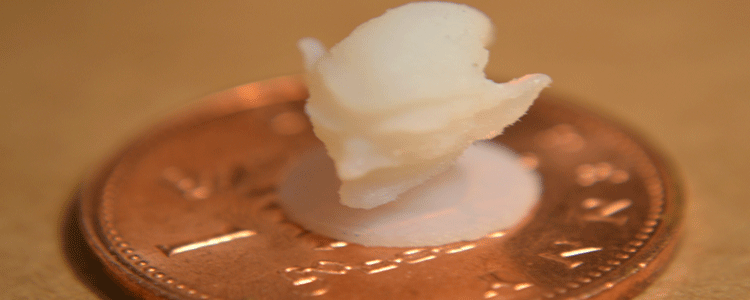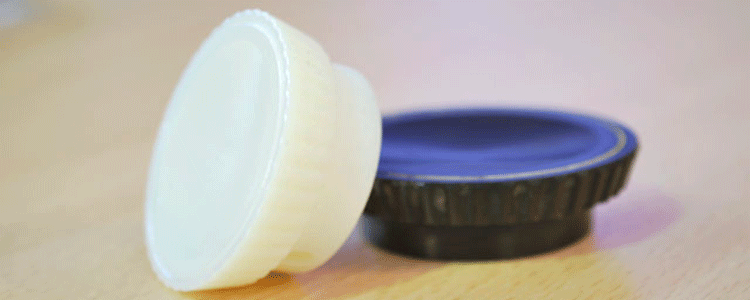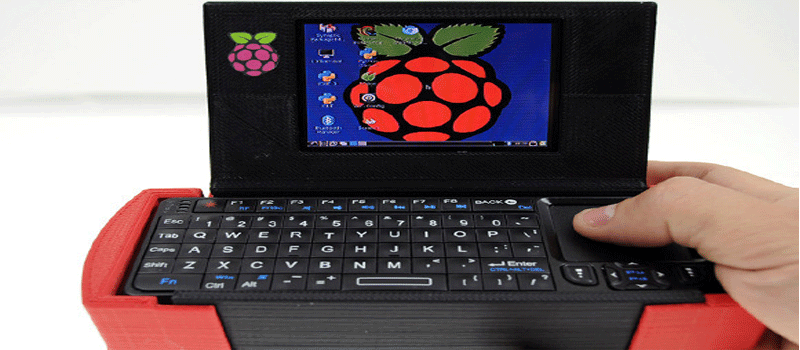Management Of Expectations
So you’ve read all about how amazing 3D printing is, now here’s our more realistic guide as to what to expect.
Hype vs. Reality
Introduction
There is a great deal of hyped information around 3D printing, some current and some of it the legacy of the “3D printing consumer bubble” that never happened. Most of this information focuses only on the positives of this ‘new technology’ (that has actually been around since the late 1980’s). Make no mistake we are big fans of 3D printing and there are many positives, however, there are also some limitations and many misunderstandings that are either ignored or misrepresented by many sources on the internet and elsewhere. This section of the site has been put together by professional users of the technology (not salespeople) and aims to provide a more realistic guide of what is possible with 3D printing without any sugarcoating. Please read on to have some of the hype translated into reality….
All these points have come from articles we’ve read and/or enquiries we’ve had since we have been in business:
The Myths and Misunderstandings explained…
3D Printing is Cheap
Yes, 3D printing is cheap, when you:
Compare it to other methods of producing one off items.
With 99% of manufacturing methods, relatively expensive setup and tooling costs are involved. These are generally the costs involved in making moulds, tooling up a machine or creating a jig etc. This setup generally requires a large initial investment, and takes time, resulting in longer lead times and more expensive products if you are only ordering one or a few. However, generally this tooling means that you can produce items really cheaply once the tool has been made, meaning if you are making hundreds or thousands of the same item it may end up cheaper to make the tooling – this is called economy of scale.
With 3D printing, there are no tooling or set up costs, only material costs, meaning that you don’t have to spend those hundreds or thousands of pounds on set up or tooling, you only pay for the materials that you use and machine running costs. However 3D printing materials are generally a lot more expensive, so you’ll never get the same price for a 3D print as you will from a mass produced item.
Make things small
Because the cost of 3D printing is based on volume of material used, one main rule applies to cost – that is:
Small = Cheap, Big = Expensive
It does not matter how complex the part is, it is simply the amount of material used that determines the price of the part. This means that a brick, ironically, is the most expensive thing you can produce (at that size), but an incredibly ornate model train of the same size would probably be a tenth of the price as it uses far less material.
So what is ‘small’. Well, if you can fit it in your hand, it’s probably going to be under £100, if it is bigger, then it is going to be more. One of the more frequent questions we get is ‘How much to print my own head?’ – generally this costs about £1,000. Obviously any bigger than that will require a significant budget.
You already have the CAD model.
One of the hugely overlooked parts of 3D printing is the fact that you need a digital model to print from, usually 3D CAD. This is generally a very time consuming and specialist job. If you don’t have any CAD skills, you can either try learning with numerous free CAD programs that are out there, but it’s not the easiest thing in the world, so you could utilise a professional service.
3D Printing is Strong
It depends on your material.
The first factor is that there are lots of different types of materials, ranging from plastics to ceramics, metals to glass (we specilise in polymer powder materials). Things like plaster (from the full colour printers), are by nature very brittle and have no flex.
If you are looking for strength, definitely, definitely use our Nylon material with either SLS or MJF.
The Layers
3D printing is a layer by layer process, which means that you effectively have a grain – and where there is a grain, there is weakness, especially on thin features. The easiest way to visualize this is to imagine that your part is made out of Lego. If you make your wall very thin, you cannot easily break the wall by adding pressure from the top or down the length of it, but if you push from the side of it, the wall will buckle easily and break. This is the same with 3D printing – to get around it you can either orient the part at a different angle (being humans, we will always do this for you if we notice a weak point on your model, though it is not guaranteed that we will notice everything), or you can thicken the wall up considerably – just like if it were Lego.
You can 3D print from pictures
‘Here is a picture of my dog (he’s called Flint), how much to 3D print it?’ We cannot 3D print from a photograph sadly. You need a 3D CAD model to print from, which can be the biggest challenge, especially with organic or living items. If you want to 3D print your dog/friend/car and you have no previous CAD skills, then expect to pay £500+ for a semi-decent 3D CAD model of them before you can even consider paying for the 3D print.
There are apps such as 123Dcatch for iPhone and Android that allow you to create 3D CAD models for free by taking photo’s of the object, but these are very abstract once you remove the pictures from them…
An example of a scan and print from a photo-based scanning app (left is the printed item, right is the original that it was scanned from!)
You can just 3D scan it then 3D print it
Yes you can, but there are a few things to consider:
First, 3D scanning is expensive, and if you do find a cheap option, it is probably not worth it.
Second, 3D scanning can only scan the exterior of an object, and is very bad at scanning holes and hollow cavities etc, this is especially important for engineering parts.
Third, if you are scanning and scaling something up, every imperfection in the scan gets magnified.
Last, scans are much harder to edit than 3D CAD models, so whenever possible, get the part drawn up in CAD.
You can 3D print anything
This is one of the biggest myths there is around 3D printing.
Despite 3D printing having far fewer design rules than other manufacturing methods, it still has rules. You have to stick to all the maximum and minimum wall thicknesses and build sizes.
You really have to be careful about this, especially if you are buying files from the internet. Many files may look appealing, but are highly likely to be unprintable. Remember, many 3D files are generated for animation, rendering and computer games, and not for manufacturing. These files are likely not to be printable!
You can Print in colour
Yes you can. There are an increasing number of 3D printing processes that can print in full colour with certain materials. Typically, by comparison, this is a more expensive process and parts are not as strong.
Full colour printers are generally used for visual representation models rather than functional parts. For functional polymer parts, we believe it is better to 3D print them in a strong plastic material and add colour afterwards — either through a dyeing process for block colours or painting for an application-specific finish.
At 3DPRINTUK, all of our parts are 3D printed in strong white (SLS) or grey (MJF) material and we can provide an automated post-processing service that can dye parts in a range of different block colours — black, red, blue, green or yellow.
We do not offer a painting service.
Can I have a smooth gloss finish?
No, you can’t, not without any post processing, well, you can, a bit.
99% of printers either print in a waxy matt finish, a powdered matt finish (SLS), or a very stepped gloss finish.
An Objet resin printer does offer a gloss setting, but this is only where there is no support material in contact with the part. There is always support material on the underside, so you will always have a matt finish on one side, meaning your options are full matt (a layer of support material covering the whole model) or half gloss (matt where support material is in contact with the build material, gloss where it is not).
This replacement radiogram knob has a gloss finish on the front face, but a matt finish on the underside (the ridged part and the smaller cylinder) where it has been in contact with the support material. It is not possible to print it completely gloss, and the half gloss setting is only available on the resin printer. FYI, this part has been drawn up in CAD, not 3D scanned.
You can print mechanisms pre-assembled
In theory, yes, in practice, yes, but is it worth it? No.
You may have read about the amazingness that is ‘3D printed mechanisms’ where you can print a full working gearbox, a bearing or a bike chain all in one print, pre-assembled. Well, this is true, you can, but in reality, they’re rubbish.
Why? Because you have to leave (in engineering terms) a massive gap between these moving parts. This gap is to prevent the parts fusing together when you print them. This gap has to be around 0.5mm between moving parts. This may not sound like much, but if you’re talking about efficiency on a gearbox, it’s terrible! You can get a little closer on higher detail machines, but these machines generally work with brittle resins, basically giving you another problem whilst not really solving the first one.
It is always better to manufacture the parts individually and then assemble them after. Even better, buy off the shelf gears from a supplier and 3D print the box that holds them all together.
This heart gear is a model that has been downloaded from thingiverse.com and modified to reduce the tolerance to make it fit tighter and turn smoother.
You can print any file you download from the internet
Not true sadly… There are lots of free files to download from sites like thingiverse, Squidoo and the like, but most of these are unmoderated, meaning that any errors in them will be printed. This can range from poor STL files with errors to dimension inaccuracies to bad design. There are many free 3D files that have been created for animation, gaming and rendering, and not for 3D printing – these are usually the best looking files, but 99% of them are not printable without massive modification, so beware….. especially if you are going to pay money for them!
A great example of this is the Raspberry Pi laptop case – the ‘Mobile Pi’ – Don’t get me wrong – this is a fantastic piece of geek-tech, which is exactly what we stand for here, however, it has not been designed very economically for 3D printing! The part has a total volume of over 500 cm3, which even on our economy price Nylon will cost over £500! You can however build this on a desktop 3D printer for a lot less….. you just have to own the machine in the first place!
However, we still think it is awesome!
You can 3D print big things
You can, if you have the wallet for it! The cost of 3D printing is based on volume of material used. Generally the material is expensive to buy, and the process is slow. This means big things are expensive, especially on our machines. Things like 3D printed houses are made on totally different machines!
3D printing is fast
3D printing is fast, if you compare it to other methods of manufacturing, however, the quickest we can generally turnaround a print is about 24 hours. The process is not like using an inkjet printer, it is far more time consuming, remember that there are other factors like data preparation, machine warming and cooling, model cleaning, etc! Some things can be printed in a number of hours, but these are only tiny items, this makes it unlikely for you to be able to call up and collect a print a few hours later. Its always best to give it a few days (which is still fast for manufacturing!)

